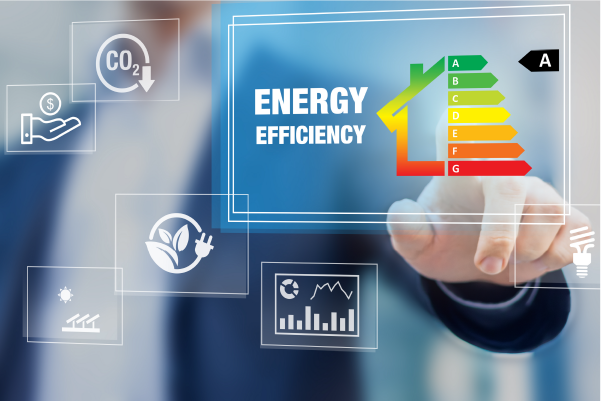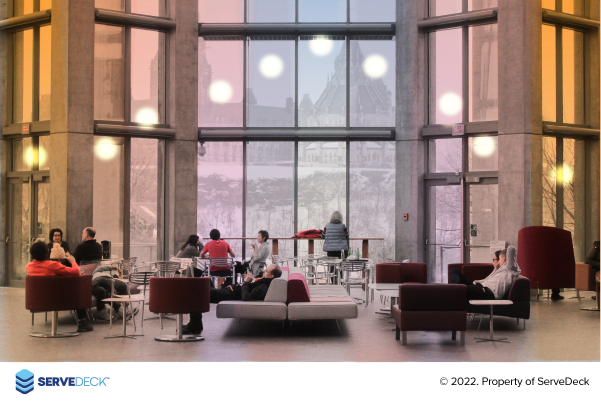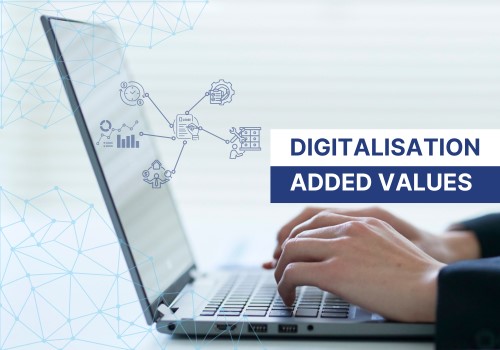Smart Facility Management and ESG: 3 Great Areas of Improvement

Facility management, in the past 24 months, has been undergoing a brutal stress-test due to the many different and keep on changing SOPs imposed by Health Ministries all around the world and, in the continuous improvement of the services provided, facility managers have found themselves dealing with an additional challenge, the Environment/Social/Governance, or ESG in its short form, raising impact on Commercial Real Estate (CRE).
Environmental, Social ad Governance issues have became, today more than yesterday, strategic and fundamental pillars towards a positive transformation of our society. and, when I write transformation, I mean digital transformation because, nowadays, every change, it does not matter to what or in which segment of our economy, is linked to digitalisation.
With this in mind we will now examine how and in which areas digital solutions for facility and operation management, besides saving time, improving use of resources and, increasing efficiency, could also help in a better compliance with the ESG Guidelines.

Applying ESG (Environmental, Social and Governance) framework to Smart City concept and, consequently, to smart commercial real estate or smart facility management, starts from the planning stage of a project to move into design and operational issues. ESG has become part and parcel of every organisation’s strategic planning and raising awareness on its impact on our environment, society, and life, especially within the real estate sector, contributing to over 40 percent of carbon emissions, has started generating positive waves.
ESG’s framework impact on Commercial Real Estate (CRE) and related facility management spans from the choice of sustainable materials for construction, to local sourcing of people, and materials, efficient infrastructure for sustainable operations, ethical governance, and full transparency of information. Even from a financial standpoint, most banks are nowadays offering preferential lanes and easier credit facilities to complying businesses and, all around the world, VCs are looking into the ESG impact of a start-up’s idea before deciding on possible funding.
To better understand how digitalisation works, let’s keep in mind that the majority of digitalised solutions are the digital rationalisation of a repetitive process made simple and easy to implement or execute via an app or a web-based solution. Once the solution is in place it keeps on collecting data and, the more data will be available the easier will be to manage resources, people, spaces and, equipment.

Once a new office complex or tower is completed and the open-for-business signboard shows up, the operational phase of commercial real estate, and the strategic facility management linked to it, become highly relevant in terms of ESG compliance. The following are just few ideas which could be easily implemented and allow fast and positive impacts and actual results.
Environmental
The carbon footprint, or environmental impact, of a commercial building involves three main areas: energy, water and waste management. A short note on building planning and construction relates to orientation of the building itself, windows-walls’ ration, use of environmental-friendly construction materials, installation of the latest “energy saving” equipment and building natural ventilation.

The procedures to reduce resources consumption while increasing operational efficiencies with the introduction of sustainable technologies, unfortunately, is too often set aside in favour of a lower construction cost. It is the old economy of short term savings against a long term gain or advantage not only for the asset owner/s but also for the facility management company, all the users and, ultimately, for the environment.
Having said this, from an operations stand point, the adoption of smart building’s management systems and devices, could easily result in huge savings on water and electricity bills on one, easy measurable, side. At the same time, by enabling environmental friendly waste management, the building carbon footprint would be surely reduced.
From a practical point of view, let’s see how digital solutions for CRE could help on the above.
Energy saving
At first, an easy-to-be-implemented and not-too-costly, the solution is offered by IoT through presence detection devices allowing to turn on and off lights accordingly to the actual need not only in the lifts or corridors but also in all offices. Lights, air-conditioners and other electric devices, not needed when no one is in the office, will be automatically either reduced in intensity lights or directly turned off. With more sophisticated IoT devices it would be even possible to provide a healthy light intensity during the whole day. A good example of this is Circadian Lighting which dimes and raises light intensity based on natural light intensity and time of day.

Additionally, extensive use of solar-panels, where allowed by the building’s design and aesthetic issues, could provide huge energy bill savings and, if installed with a full AI control over energy, environment and people the savings could be even bigger.
Water saving
Efficient preventive maintenance of water pumps as well as leakage detection probes and self-closing taps for both sinks and toilets are the first measures allowing good water management that facility management companies are recommending to install. IoT could bring a whole office tower to the next level allowing detection of unusual water consumption within the building and generating prompt action by the related department of the facility management company.
Besides this, a built-in stormwater management system would definitely contribute to recycling practices providing water for gardening, landscaping, water features purpose,s and even for car washing.
Social
Ensuring businesses have a direct and positive impact on a building’s users and its social side is complementary to a good ESG rating. With regards to an organisation’s employees, it means:
-
having a diverse workforce,
-
offering equal opportunities to all,
-
supporting People with Disabilities (PwDs),
-
caring for employee wellbeing, health, safety,
-
feel free to add more.

Facility Management, done the smart way, has a pivotal role with the health, safety and wellbeing ranking on a commercial building. Besides all the pointers above, more can be achieved through, again, an extensive use of IoT devices under the form of:
-
CO2 ration control of the indoor air with automatic increased or decreased fresh air ventilation will result in a much healthier environment and higher productivity. Never wondered why, in crowded office spaces times come, in the day, when people are feeling sleepy and it suddenly becomes difficult to concentrate?
-
Air conditioning is definitely a must in regions with high temperatures but, there is no need to transforming an office in a good replica of an Antarctica station with temperatures nearing the 0 C0. Facility management companies have started looking into applicability of IoT to air-condition control with very positive impact, not only on the electricity bill but, equally important, on the productivity of all people within the building.

Let’s all remember that people are the most precious asset of every business and, the more they feel they are well taken care of the longer they will stay and the more they will contribute to the company’s growth.
Governance
When it comes to governance in facility management, it all goes down to transparency, trust, ethics, and setting a structured and sustainable way to operate a commercial building.
While ESG is creating rapid changes and pushing businesses towards best practices beneficial to everyone in the ecosystem, pursuing it in a structured and scientific method is essential to its success. Applying the right digital solution for facility and operation management will help tremendously in the process.
ServeDeck digitalised solutions for facility management are the digital rationalisation of repetitive processes made simple and easy to implement or execute via an app or a web-based solution. Once adopted, ServeDeck will simplify all processes while increasing transparency and bringing governance in facility management to a totally new level. It might be hard to believe but, in the adoption process, facility managers will also benefit of good cost reduction while increasing the overall operations efficiency!
ABOUT THE AUTHOR
.jpeg)
The opinions expressed in this article are solely of the author, Dr Daniele Gambero.
Dr Gambero has been an expatriate to Malaysia from Italy, since 1998 and has more than 35 years of real estate experience. He is the co-founder and group CEO of REI Group of Companies, the Co-founder of Propenomy.com and the deputy president of the Malaysia Proptech Association.
In the past 10 years Daniele, as international and TEDX speaker, has engaged several hundreds thousand people talking about Property, Economy, Propenomy, Digital Marketing and Motivation. He is also a bestselling author and columnist on several magazines and main stream media. You can reach him directly through his LinkedIn page here.
SHARE THIS POST:
Comments (0)
Leave a Reply
Your email address will not be published. Required fields are marked *







